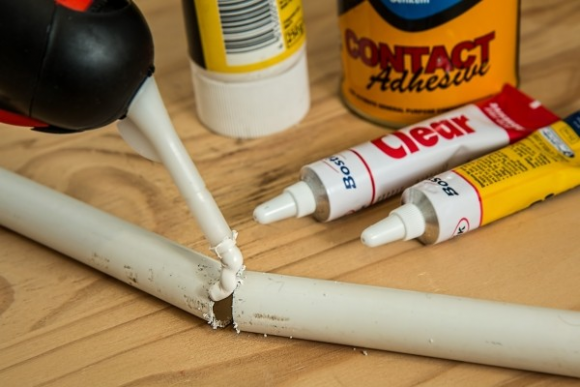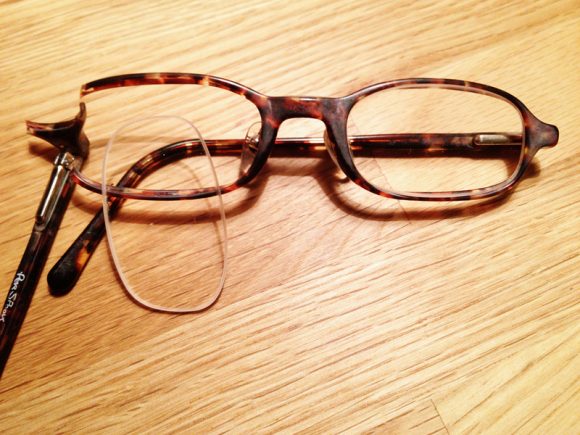Total Recall: How to Effectively Handle your Product Recall
It is no secret that Samsung has had a rough month. The tech company has had several of their Galaxy Note 7 phones explode while charging, forcing the company to implement a recall and to replace consumer’s phones.
Recalls can be an extremely costly process for everyone involved. The consumer has to take time out of their day to return the product, and the producer has to find some form of compensation to replace the defective product. On top of that, if not handled correctly a recall could mean declining sales, lawsuits, and damage to a brand.
Recalls were uncommon among products in the U.S until 1972 when the Consumer Product Safety Act was passed, establishing the Consumer Product Safety Commission. Since then, there have been several product recalls that have made history.

1982: Tylenol
One of the most infamous recalls in history was the recall of Tylenol by Johnson and Johnson in late 1982. The recall was provoked by a series of murders in Chicago where the victims bought and consumed Tylenol that contained cyanide. Johnson and Johnson swiftly responded by recalling every Tylenol bottle and replacing them with triple sealed bottles. These new triple seals would easily indicate whether the bottle had been opened before. Johnson and Johnson were praised for their swift response and sales bounced back within a year.
1999-2000: Burger King Poke-Recall
In late 1999, Burger King created toy Poke Balls that contained small Pokemon toys inside to give out with their kids meals. The recalls were issued after the death of a young girl who suffocated on the container by covering her mouth and nose with half of the open ball. Burger King issued a recall and allowed customers to return the Poke Balls for a free small order of french fries. Burger King had to settle a costly lawsuit and they created a marketing campaign that encouraged consumers to return the Poke Balls, ultimately costing them over a million dollars.
Now- Samsung Note 7 Recall
Samsung has had to recall their Galaxy Note 7 phone due to the exploding batteries. According to the tech giant, the software errors that told their lithium ion batteries how quickly to charge were responsible for the overheating and eventual explosions. According to Samsung, this “manufacturing error” was a rare occurrence among the phones. Regardless, the exploding phones has caused a massive amount of embarrassment for Samsung especially since the Federal Aviation Administration have asked flyers to not use or charge the Note 7 on their flights. At the moment, they have offered to give their customers temporary phones while they work to permanently fix the issue. As of right now, it is hard to say whether or not this situation will directly affect the sales of their other phones.
Preventing Recalls
All of these examples have one major thing in common: every one of them has had some sort of failure in quality control. It is important to have a proper review process in place to check for potential gaffes and/or dangers before products are shipped out to customers. If issues do arise, it is important to try to correct the product before launch. This applies even if that move can be costly. When confronted with this issue, it is important to think about the potential cost implications of stirring mistrust from consumers, creating marketing campaigns to issue recalls, settling lawsuits, and the embarrassment that your company may receive.

How to Correctly Handle a Recall
Sometimes, a product has unforeseen defects that slip through the cracks. In the event that your product needs to be recalled, it is always best to use Johnson and Johnson as a template to handling your situation. You can also use our helpful steps that we created with how to deal with communication issues. However, when in doubt, always follow these steps:
You Slipped Up. Admit It: It is not a good look for companies with defective products to deny that they could potentially harm customers. It is even worse to try to place the blame on someone else, whether it is on a customer or a third party company. At the end of the day, your company approved the product and therefore in the eyes of consumers you are the one to blame. So the first step is to communicate. When issuing a press release, admit that your company made a mistake and state that you are taking steps to address the situation.
React Swiftly: There is nothing that irks consumers and the government more than a company that fails to address their failures quickly. On top of that, if the product defect is a danger to a customer’s life, failing to act swiftly could result in a charge of negligence and a lawsuit.
Offer Compensation: Whether it is a free order of fries or a replacement phone, compensation is a way to show good faith to your customers. It demonstrates that you respect their time, and are truly sorry. Remember, you only get out what you put in.
Market the Recall: Make sure that every customer knows about your recall. This can be done with purchasing airtime on TV, marketing it on your website, and posting it on social media.
Prepare the Company: Make sure that you can make good on whatever you are offering to compensate. You should also make changes to your process in order to lower the likelihood of another product recall in the future. Prepare your company for a hit in sales and an increase in cost. Finally, invest money in marketing your efforts to change how you do business.
Do you need help improving your brand’s reputation after a product recall? We can help! We offer brand reputation management and consulting services. Give us a call today to find out how we can help you.


.png)
